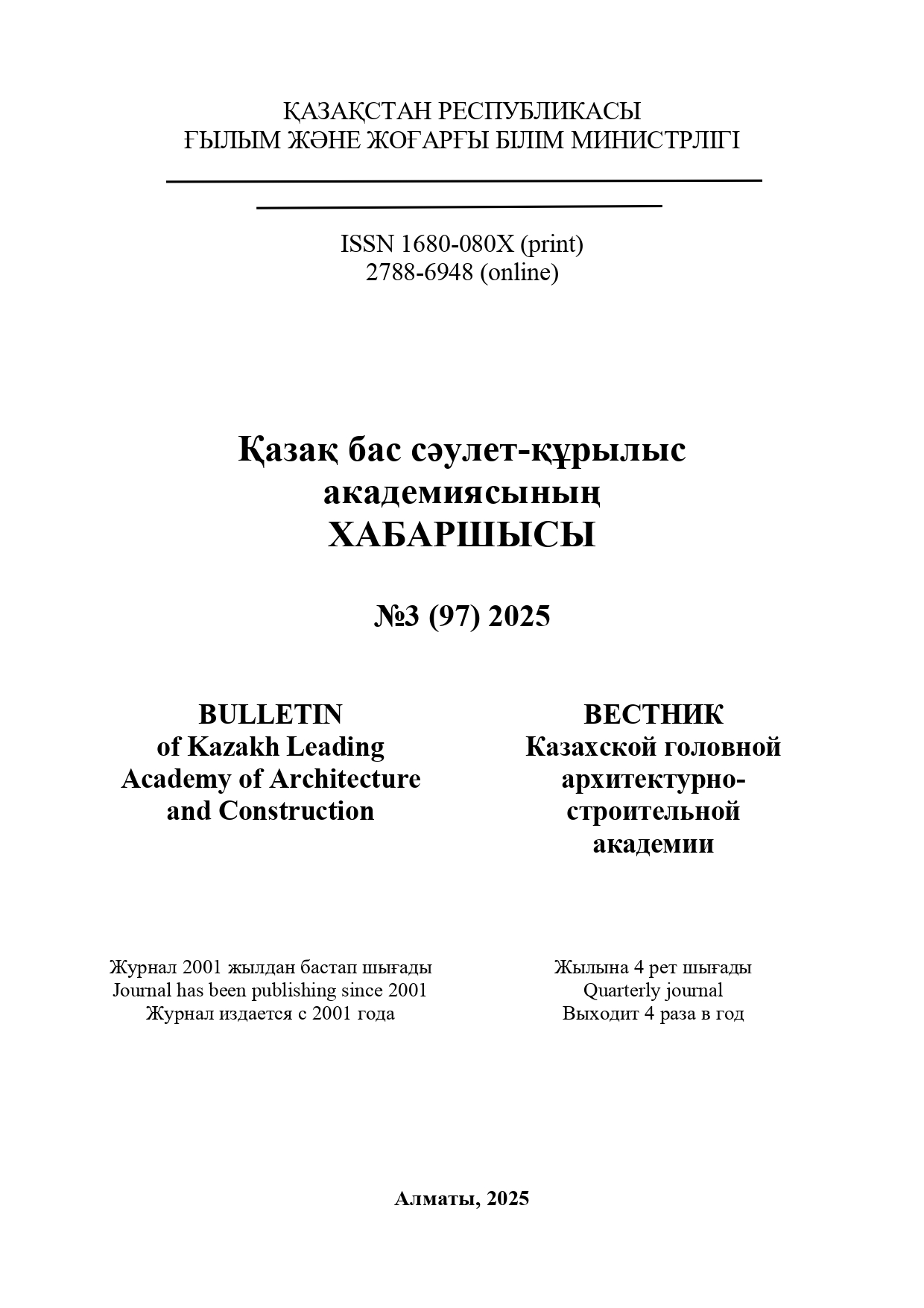Abstract
The organization of a comfortable living environment within residential complexes is gaining increasing importance today for a variety of reasons. This makes it necessary to look back and examine more closely the characteristics of residential environments that have stood the test of time and remain relevant, using the Barbican housing complex in London as an example. Through the analysis, synthesis, and generalization of theoretical studies, online resources, and historical materials on the subject, as well as from an interdisciplinary perspective, this article identifies the specific features of how the residential environment is shaped. This involves not only architectural and design considerations however also the psychological aspects of human perception and the prerequisites for fostering community formation. A comfortable, humane residential environment in an urban housing complex is characterized by a diversity of architectural, spatial, and planning solutions, integrating natural elements and placing a strong emphasis on human sensory and perceptual experience.The article examines the methods and techniques used to create spaces for living and leisure at the Barbican complex, highlighting humanistic aspects of the residential environment, such as architectural and typological diversity, a comfortable scale, distinctiveness, identity, and a harmonious blend of old and new elements. The research findings may be applied in future projects when designing contemporary residential environments.


